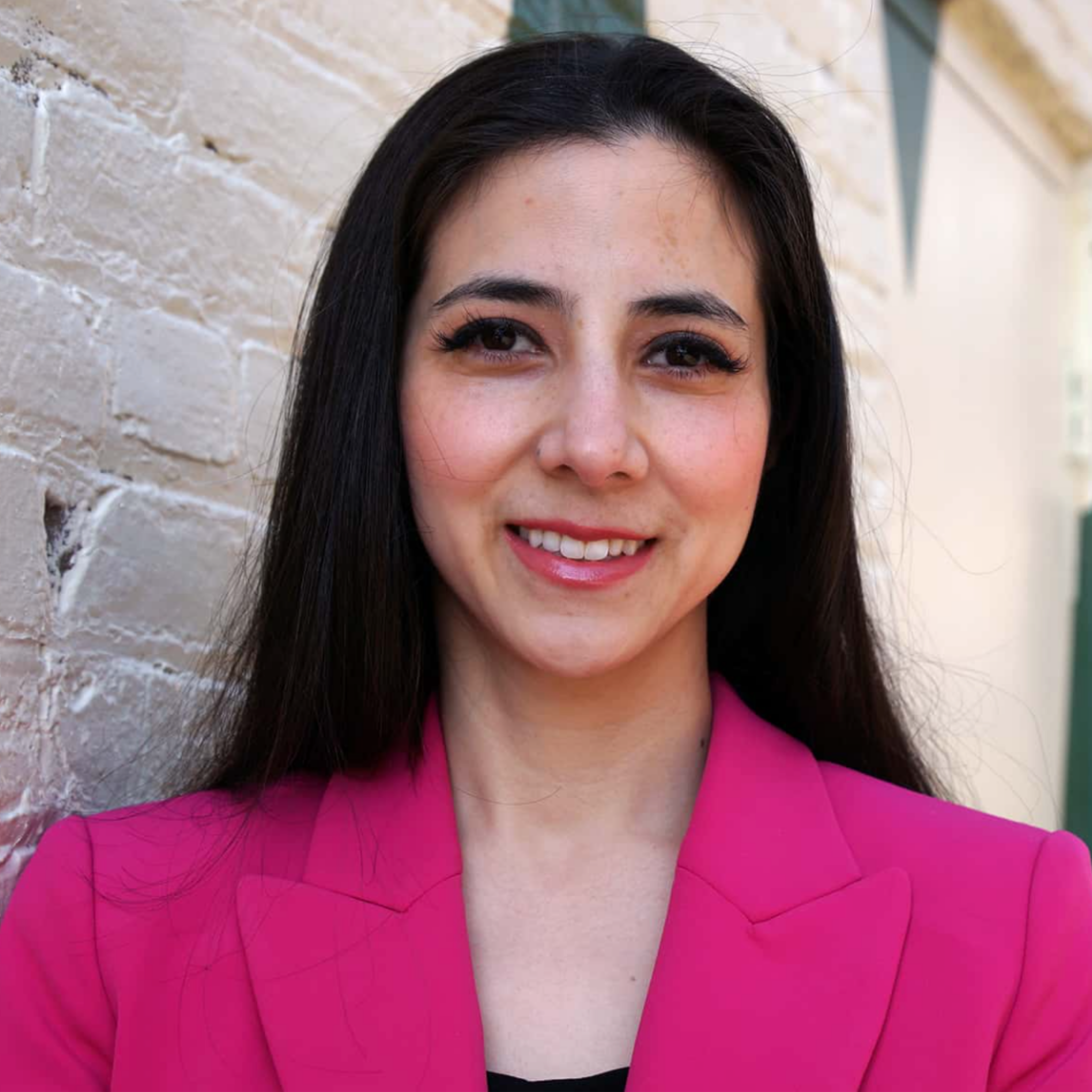
Milwaukee Academy of Science (MAS) and the Medical College of Wisconsin (MCW) have a common goal – to increase individuals from underrepresented backgrounds in the health sciences.
While the path through medical school is long and arduous for all students, Black and Brown students may face additional unique challenges. The number of Black male medical school graduates dropped from 57% in 1986 to 35% in 2015. Today there are less than 3% of black men enrolled in medical school. Together, both institutions continue to examine this stark reality and work together to remove barriers from K-12 all the way through college and medical school.
Dr. Malika Siker, MCW’s Associate Dean of Student Inclusion & Diversity, shares her office’s perspective on making progress toward this common goal: “Our most important goal is advancing inclusive excellence and belonging for all learners. We want every student who comes to MCW to feel like this is a place where they are celebrated and where they can thrive,” she says. “We aim to make MCW a destination for diverse learners.”
The Medical College of Wisconsin is taking true strides to be engaged in the Milwaukee community, evidenced by collaborations and investments such as the ThriveOn partnership with the Greater Milwaukee Foundation and the numerous pipeline and enrichment programs for K-12 to college. MAS students take part in AIM, ROADS, 500 Stars, and two exclusive MAS partnerships. Our MCW/MAS middle school program is called STEM Outreach and Community Engagement (SOCE) Science Club and our high school course is called Intro to Community Health Equity, which is supported by a collaboration with MCW’s Institute for Health Equity faculty (the program is an evolution of the DRIVE program).
At the recent 2020 President’s Community Engagement and Diversity & Inclusion Awards Ceremony, the MCW Office of Community Engagement celebrated numerous students and faculty members making a difference in our community. It was clear: the directive has been given by MCW President Dr. John Raymond that MCW is committed to being an antiracist institution and lifting up those in their ranks who actively increase access to health services and/or remove barriers in their work.
More insight from Dr. Malika Siker:
What are the action steps that we need to take in order to increase the number of Black medical students?
- To consider this question, I think it is helpful to start with the 3-part framework defined by Dr. Camara Jones who spoke recently at Froedtert & MCW. As a first step, it’s important to define racism and understand the impact of racism from its historical roots to how it is manifesting today. We know race is a social construct and not a biologic one. Racism impacts many levels from internal to interpersonal to structural/institutionalized.
- The second step is to ask ourselves “how is racism manifesting here?” How is racism manifesting within an individual’s elementary, middle school high school experience? How is racism impacting an individual who is college aged, within medical school and beyond? We need to be asking that question from every step along the way on an individual’s journey to becoming a physician. In order to have more Black doctors we need to recognize where racism is harming individuals who are not getting the same opportunities to thrive as others.
- The third step is organizing, advocating and acting to ensure equity in every step of the process. Right now, we are missing out on the brilliance of black men and women who should rightfully be within our professions as leaders and healers. Racism harms everyone, but especially our patients who deserve a workforce that reflects the diversity of our communities.
What recent work are you most proud of?
The work that I’m most proud of is the work that I do one-on-one with students. It is necessary to keep these details confidential out of respect for privacy. To have the ability to be a positive force in someone’s life, whether or not they are even aware of it, is a humbling privilege and honor that I take very seriously.
Outside of this private work, there is work our office led recently that is a great source of pride. Over the summer our team developed an educational opportunity called the Equity Influencer Series which was a series of conversations that aimed to educate our students around topics surrounding social justice, anti-racism, and health equity.
We had high engagement among our students and leaders and we were able to bring in a lot of MCW and community leaders to connect with our students. It sparked a lot of important conversations on campus including what it means to be an effective ally, going beyond a performative role as well as the history of the intersection of law enforcement and communities of color from an academic and health policy approach. We also talked about race and racism with Dr. Martha Berry from YWCA and how to be an effective advocate while balancing the challenges of also being a health professional or scientist. Our last session was on steps to uplift Milwaukee Black-owned businesses with Lafayette Crump, Greg Wesley, and Frank Cumberbatch.
Any last thoughts?
I see a lot of patients of color and am lucky to have a lot of students of color interested in medicine who shadow me. Sometimes, I will be in a situation where I am caring for a Black patient and will have a Black student shadowing me. It is meaningful to see the look of joy my patients display when they realize a Black student will be part of their care that day. My patients are inspired seeing young students who reflect their diversity and always offer words of encouragement by telling these students how proud they make them and to keep going. This is what keeps me going too. We will achieve excellence in medicine when our workforce is a reflection of our diverse communities.
